Peter Guthrie’s retirement apiary - March 2022
First time to look into hives properly this year because:
Bees flying freely
Temperature 14 degrees
(and most importantly) No wind to suck heat out of the brood chambers
Pack of Candipolline Gold. One of the most difficult decisions of the year is deciding when to start feeding this pollen supplement. Consider:
How much fresh pollen has already been stored in the brood chamber
Availability of pollen sources within roughly ¼ mile of the hives, eg pussy willow, goat willow, blackthorn, wild cherry and gorse
How many different coloured pollens are entering each hive – ideally three
Once you start feeding pollen supplement to any one hive you cannot stop feeding it until the bees can gather enough from natural sources. Since pollen (ie protein) enhances egg laying, one must avoid as far as possible interruption in supply during this early Spring period.
Cut a strip of eg 1/3 kg of Candipolline Gold from a 1kg pack. If the bees are currently consuming Fondabee continue this for the time being.
Gently smoke bees from under remainder of the Fondabee down through the hole in crown board.
Place the Fondabee and Candipolline together over the feed hole or the porter bee escape hole nearest to the main cluster in the brood chamber below.
Replace the quilt to keep in the warmth and complete the hive record.
Management Notes – All hives active and queen right. Marked two un-marked queens left over from 2021. Always much easier done before colony expands (2022 queen colour yellow).
Pollen levels per hive vary considerably. Where a hive had very full combs of fresh pollen either side of current brook nest. I move the pollen comb one space outwards. Then take a comb of existing stores from the outer combs and place at next to the brood nest.
If the chosen comb is completely full and sealed, bruise an area of 10-15 cm (4-6 inches) of the face nearest the brood with the hive tool in such a way that the stores do not leave out significantly. The bees will in the next few days empty the bruised cells thereby encouraging the queen to lay further so developing the hive.




